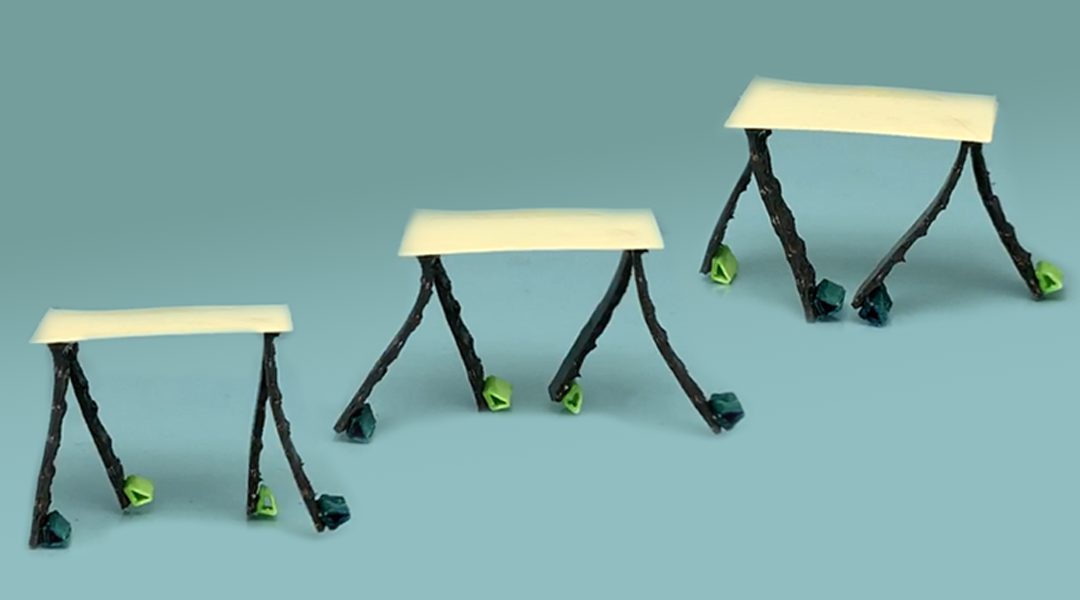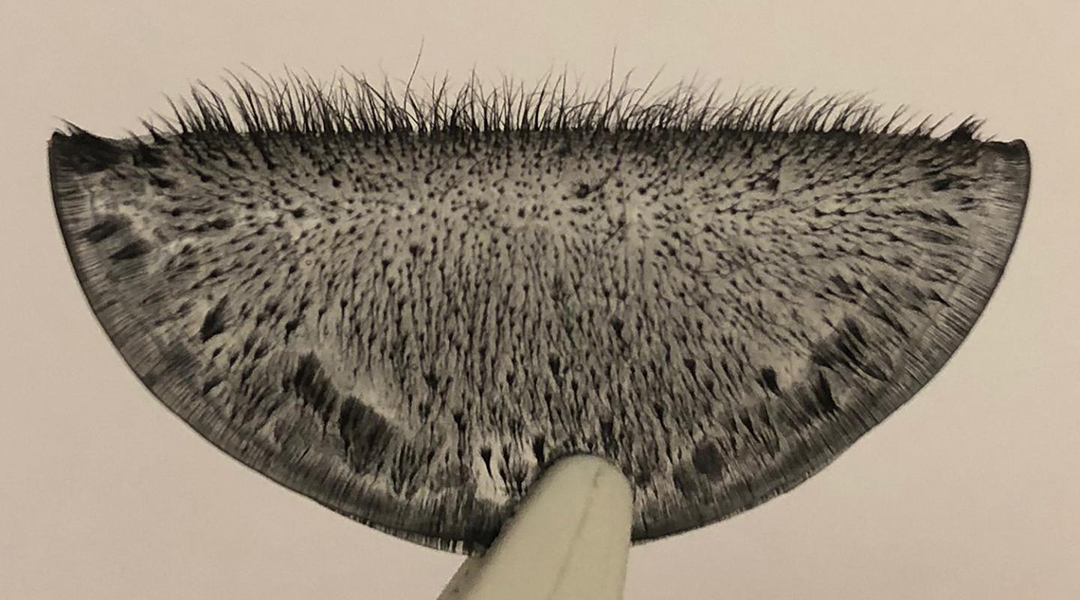Millimeter-scale robots were shown to mimic the movement and behavior of living insects for advanced materials science, biological, and biomedical applications.


Millimeter-scale robots were shown to mimic the movement and behavior of living insects for advanced materials science, biological, and biomedical applications.

From cracking eggs to plating the finished dish, a team of engineers have trained a robot to prepare omelettes that actually taste good.

An automatic design approach with a new 3D-printing method is established to fabricate soft composites that can change to predetermined shapes and generate controllable robotic motions under a magnetic field.

Researchers create an artificial array of magnetic cilia that could contribute to advancing the capabilities of soft robotics.

Robotic systems have the potential to aid and complement healthcare in an effort to spark novel interdisciplinary initiatives between medical, engineering, and science communities.

A soft robotic actuator harnesses the elastic snap‐through and snap‐back instability of a rubber balloon to realize rapid, large deformations.

Kirigami transformations give rise to mechanical actuation of a soft robot upon light illumination.

Researchers from Taiwan and Japan have developed a low-cost, intelligent soft robotic finger using paper electronics.

Using a micro-3D-printing technique, researchers were able to print detailed robotic parts that are smaller than the diameter of a human hair and display color-expressing features for microrobot tracking and identification.

Controlling the probability of a series of seemingly random events is the key to mimicking the human brain to optimize neuromorphic learning.